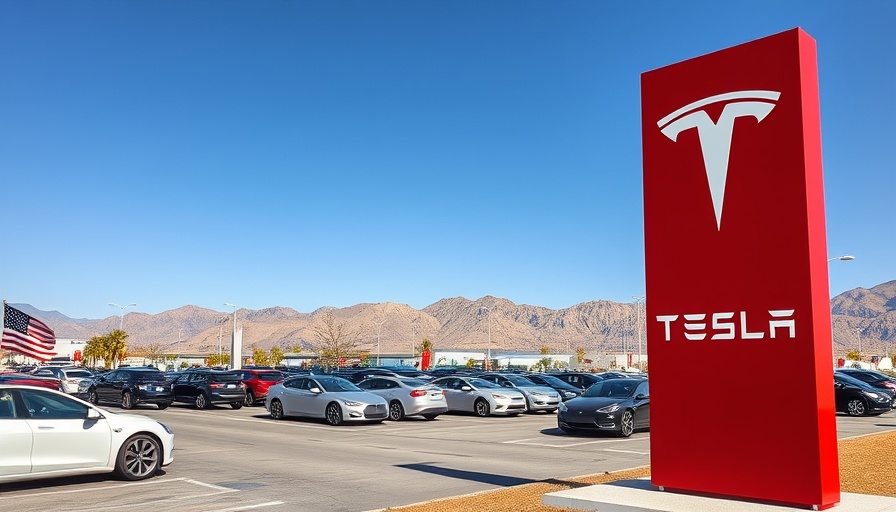
Tesla's Long-Awaited Debut in India
After nearly a decade of anticipation, Tesla has officially launched in India, opening its first showroom in Mumbai. This move comes nine years after Elon Musk first hinted at the company's ambitions in the Indian automotive market back in April 2016. The opening of the showroom was celebrated as a significant milestone, not just for Tesla, but for the Indian electric vehicle (EV) market, which is still in its nascent stages compared to global standards.
The Experience Center: A Gateway to Tesla's Offerings
Located in the bustling Maker Maxity Mall within the high-profile Bandra Kurla Complex, Tesla's new center has been dubbed an “Experience Center,” a showcase for potential customers to explore the brand and its technology. Within its 4,000-square-foot space, Tesla is currently featuring two versions of the Model Y: the rear-wheel drive (RWD) and a long-range RWD variant. The pricing, set at around ₹59,89,000 ($68,000) and ₹67,89,000 ($79,000) respectively, positions Tesla as a premium option in a market known for budget-friendly vehicles.
Deliveries and Charging Infrastructure: A Solid Launch Plan
Customers can place their orders for the Model Y starting today, with registrations available in major urban centers like Delhi, Gurugram, and Mumbai. A non-refundable deposit of ₹22,220 (approximately $260) is all that's required to reserve a vehicle, with deliveries expected to start in the coming months—Q3 for the RWD and Q4 for the long-range variant. Additionally, Tesla has pledged to establish four charging stations in both Mumbai and Delhi, completing a critical piece of its infrastructure requirements.
India's Growing EV Market: Opportunities and Challenges
India stands as the fourth-largest automotive market globally, producing nearly 6 million vehicles each year. However, its electric vehicle segment is still developing. The Indian government has set an ambitious target that aims for 30% of all automotive sales to be electric by 2030. With the country’s low current EV footprint, Tesla's entry is seen as a catalyst for both growth in demand and further investment in EV technology.
Government Negotiations and Tesla's Vision
Over the years, discussions between Musk and Indian officials, including Prime Minister Narendra Modi, have fueled speculations around the company's future in India. Musk had previously expressed an eagerness to set up Tesla's manufacturing operations in India if the government could create a conducive business environment. The announcement suggests that Tesla is not just interested in selling cars; it aims to be an important player in the evolving landscape of India’s automotive sector.
Future Prospects: What Lies Ahead for Tesla in India?
Reports indicate that once the India-EU free trade agreement is finalized, Tesla plans to import vehicles from its Berlin facility. This move could not only refine its offerings but also optimize pricing strategies tailored to local markets. As competition in the EV sector grows with local and international players, customer responses to Tesla's initial pricing and service offerings will be crucial in shaping its future course in India.
Conclusion: What This Means for Indian Consumers
As Tesla makes its long-awaited debut, Indian consumers are poised to experience a blend of advanced technology and the brand's commitment to sustainability. The launch signifies more than just the sale of electric vehicles; it embodies a shift towards a more electric future in one of the world’s largest automobile markets. For potential buyers excited about the availability of electric options, now is the time to engage with Tesla’s offerings.
With this entry into the Indian market, Tesla is set not only to capture a segment of the automotive market but also to inspire a cultural shift towards electric vehicles. Their ongoing plans to expand charging infrastructure, alongside premium product offers, could set the stage for a new era in how Indians envision transportation.
 Add Row
Add Row  Add
Add 



Write A Comment